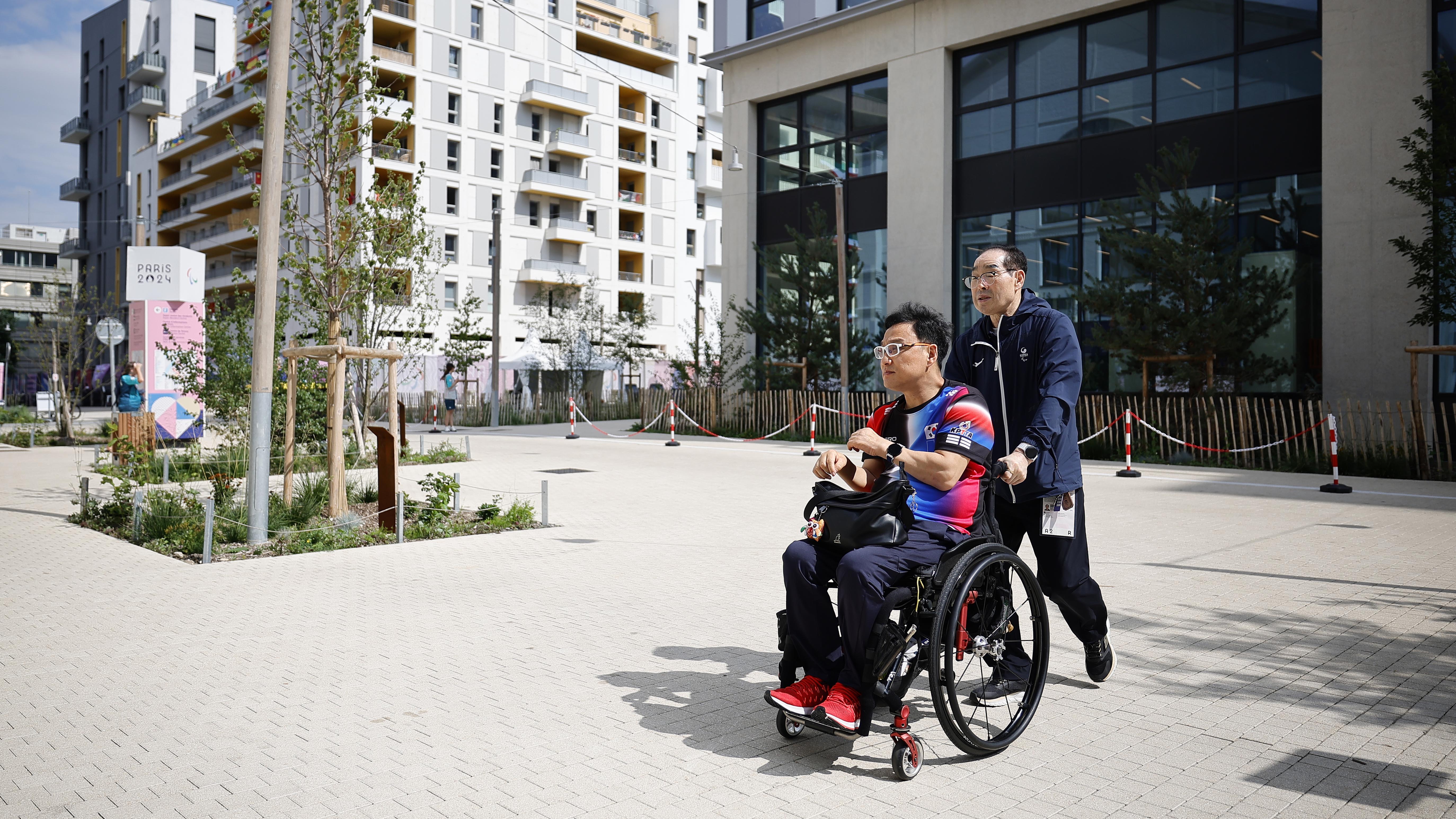Paralympic competitors will be able to showcase their Olympic ink in Paris.
The International Paralympic Committee announced it will no longer require Paralympians to cover up their tattoos of the Olympic rings during competition.
WATCH ANYTIME FOR FREE
Stream NBC10 Boston news for free, 24/7, wherever you are. |
“Athletes with such tattoos do not need to cover them up,” Craig Spence, the chief brand and communications officer for the IPC, said in an email Friday, via The New York Times.
Why was such a ban in place in the first place? And what impact will the change have in Paris? Here's what you need to know.
Get updates on what's happening in Boston to your inbox. Sign up for our News Headlines newsletter.
Why were Olympic rings tattoos banned at the Paralympics?
The Olympics and Paralympics have many ties.
The two quadrennial events have taken place in the same city since they were both held in Seoul, South Korea, in 1988. The same will apply this summer when the Paralympics follow up the 2024 Paris Olympics in the French capital.
While there are shared characteristics between the Paralympics and Olympics, the IPC and International Olympic Committee are separate organizations with separate staffs, bylaws and logos. Instead of the five interlocked rings synonymous with the Olympics, the Paralympic logo features red, blue and green crescents known as the Agitos, which comes from the Latin definition for "I move."
According to the IPC, the Olympic rings were a symbol for an entity outside the Paralympics, and tattoos of the rings were a third-party advertisement. In turn, the IPC had Paralympians cover up their tattoos of the rings as not to promote the Olympics.
Paralympic penalties for Olympic rings tattoos
Beginning with the 2012 London Paralympics, Paralympians faced penalties and potential disqualification for displaying their Olympic tattoos during competition.
Many athletes resorted to Sharpies to cover up their ink, while others needed to turn to other clothes or coverings.
Why Paralympians get Olympic rings tattoos
The Paralympics and Olympics may have separate logos, but many Paralympians consider the rings a symbol of their journey to the top of their sport.
“I fully feel like I’m an Olympian,” five-time Paralympic medalist Rudy Garcia-Tolson, who got the Olympic rings tattooed on the back of his left shoulder, told NBC Sports in 2016.




